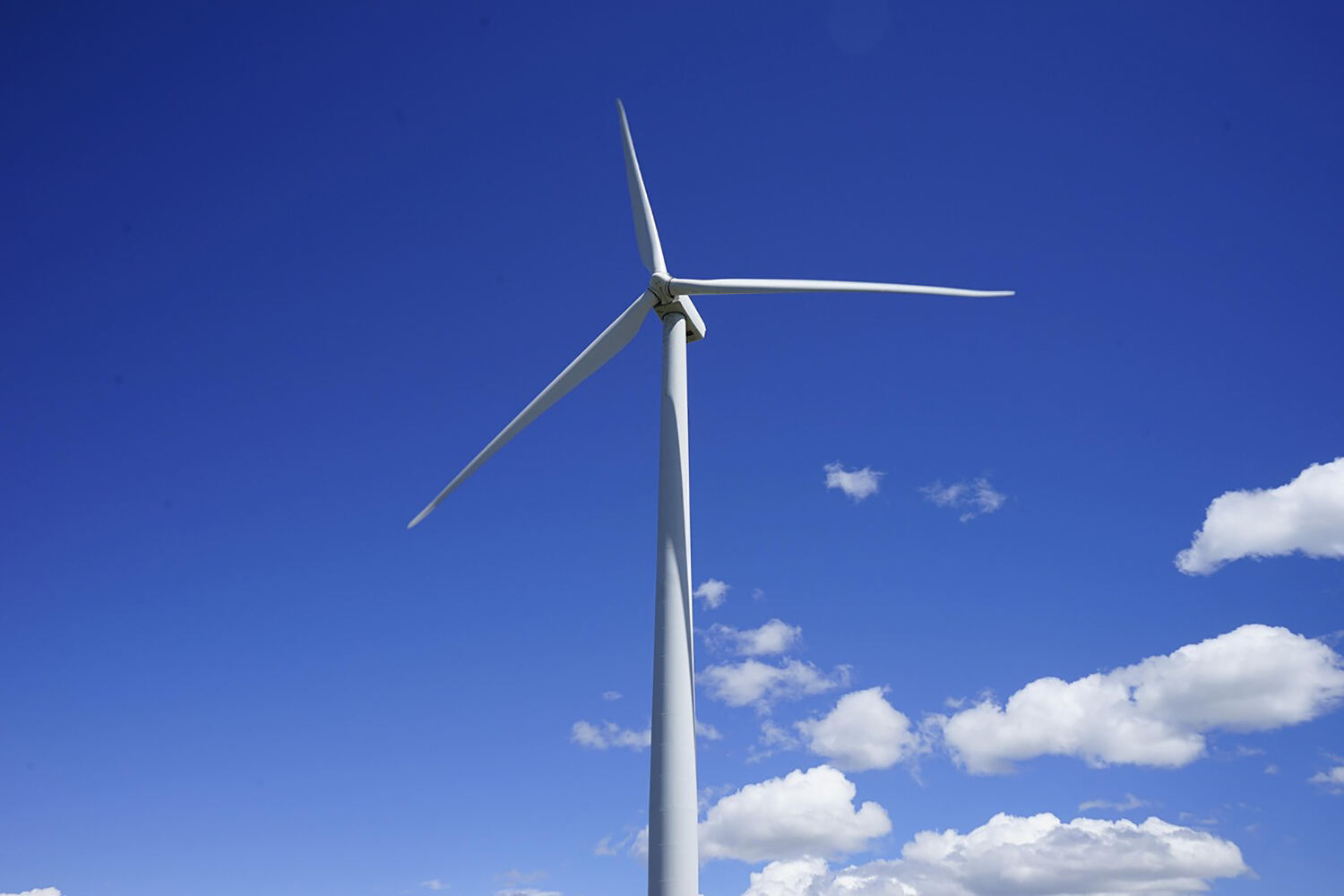36kV is a standard voltage level defined by the IEC 62271-1 rated voltage sequence. According to the standard, the power frequency withstand voltage for 36kV is 70kV, and the lightning impulse withstand voltage is 170kV.
While the 24kV voltage level is widely used in distribution networks overseas, particularly in Europe and Southeast Asia, the 36kV voltage is more commonly applied in industrial and renewable energy sectors. In North America, the 38kV voltage level is prevalent.
Applications
Industrial Sector: For example, in metallurgy, electric arc furnaces require high current and long service life.
Renewable Energy: Wind power integration often utilizes 36kV high-current switchgear.
Domestic Substitution with 40.5kV Switchgear
In China, 40.5kV switchgear is typically used to meet 36kV requirements. According to the national standard (GB), 40.5kV switchgear has a power frequency withstand voltage of 95kV and a lightning impulse withstand voltage of 185kV, both higher than the IEC 36kV standards.
Key Considerations for Using 40.5kV Switchgear for 36kV Applications
Voltage Declaration:
Customers may require the switchgear to undergo a Final Acceptance Test (FAT) based on the declared voltage values.
Dimensions:
GB-compliant 40.5kV switchgear is generally larger, with typical dimensions of 1400mm (width) × 2800mm (depth) × 2600mm (height). These dimensions are larger than IEC 36kV switchgear, making them less competitive in the market.
Insulation Requirements:
The higher power frequency withstand voltage (95kV) requires greater creepage distances for insulation components (e.g., 810mm). IEC 36kV switchgear uses smaller insulation components, occupying less space and reducing costs.
Lightning Impulse Withstand Voltage:
The GB standard requires a lightning impulse withstand voltage of 185kV, necessitating larger air clearances. Although FAT does not include lightning impulse tests, meeting this requirement increases the distance between busbars and overall switchgear size.
Cable Connection Shielding:
To meet the 185kV lightning impulse withstand voltage, cable connection ends must be shielded, and insulating plates are used for phase separation.
IEC 60071 Standard Requirements
For a lightning impulse withstand voltage of 170kV, the air clearance is 320mm, which is larger than the 300mm required by the DL standard for 40.5kV.
IEC 36kV switchgear is designed with full insulation, utilizing heat-shrink tubing, epoxy-coated busbars, or PVC insulating boots to cover connection points. This approach simplifies insulation without requiring excessive dimensions or long insulation components.
Optimized Design Advantages
IEC customers accept high-quality heat-shrink tubing (e.g., RAYCHEM) as composite insulation materials, allowing for reduced clearances.
The creepage distance requirement for indoor enclosed switchgear is only 12mm/kV, meaning 36kV switchgear requires a creepage distance of just 432mm.
Through optimized design, IEC-compliant 36kV metal-enclosed switchgear can achieve smaller dimensions, lower costs, and greater market competitiveness.
conclusio
By adhering to IEC standards and leveraging optimized design techniques, 36kV air-insulated switchgear can be more compact, cost-effective, and competitive in the global market. Let me know if further details or adjustments are needed!

 News calidus
News calidus